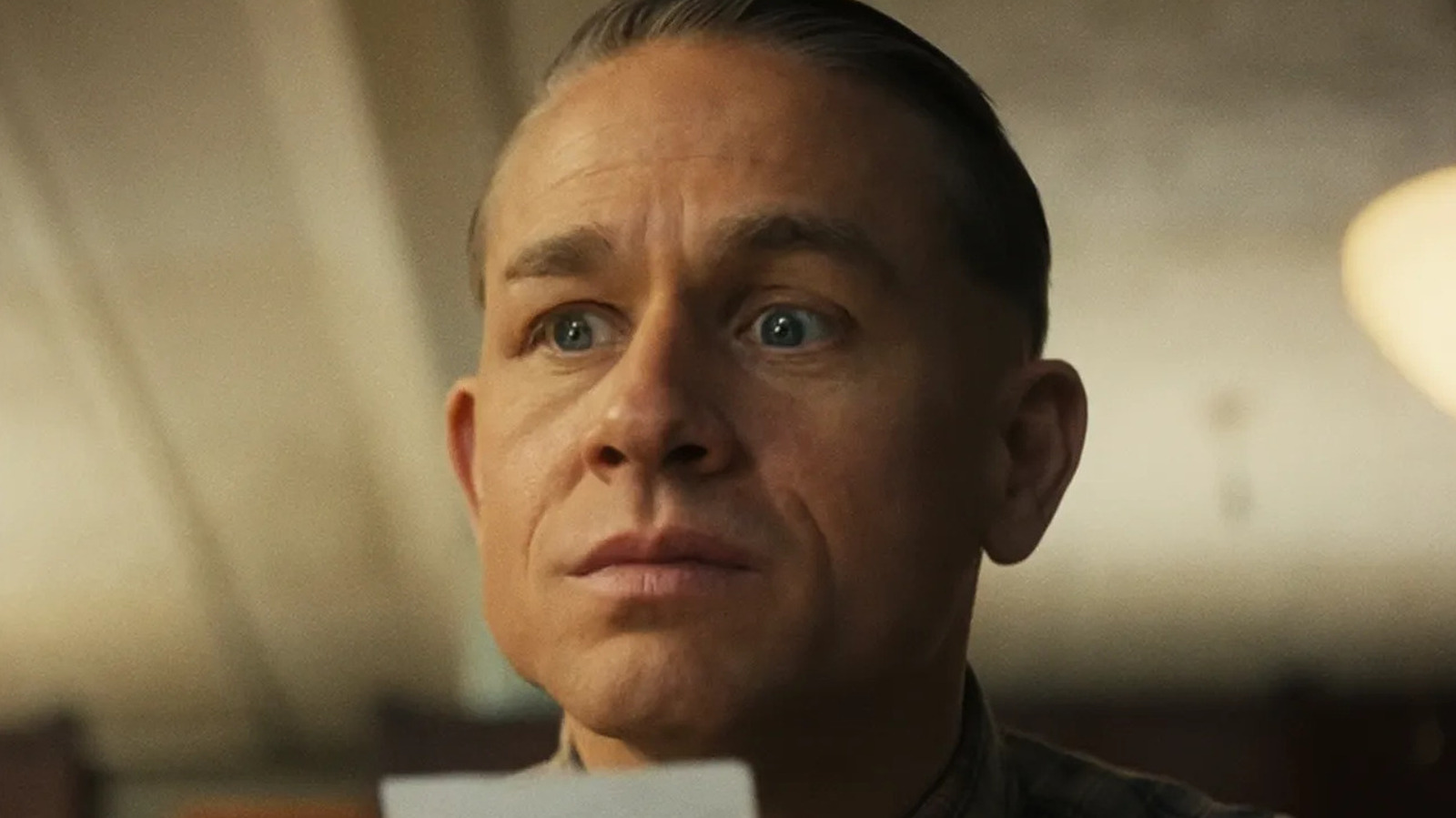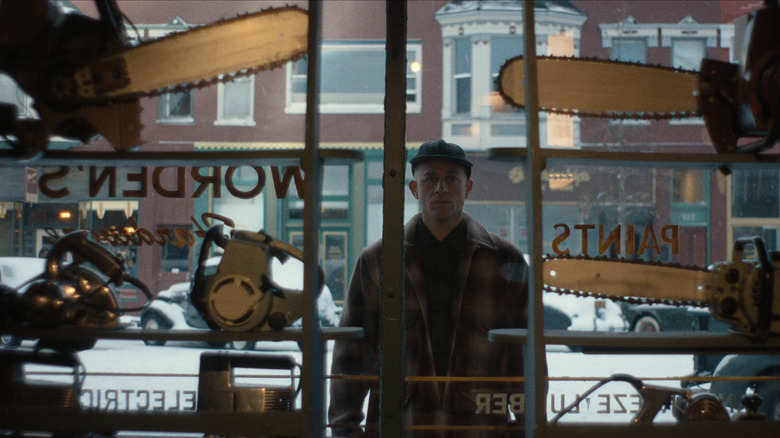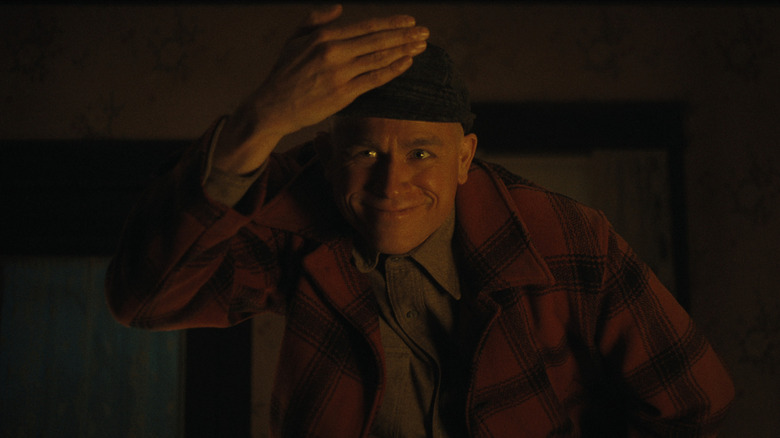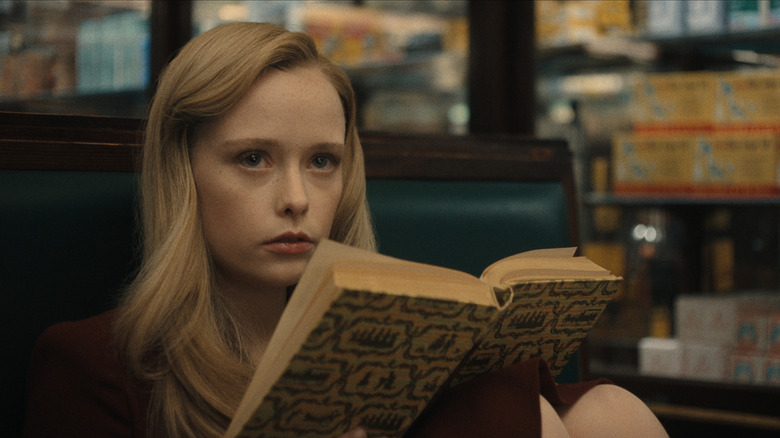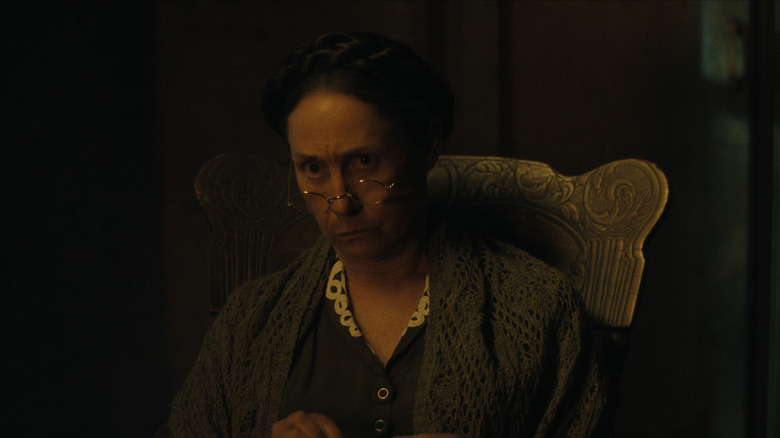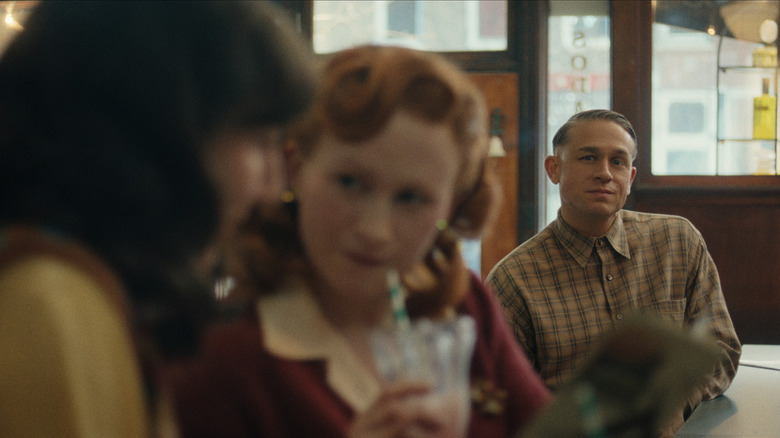Ryan Murphy’s “Monster” anthology series on Netflix. Specifically titled “Monster: The Ed Gein Story,” the miniseries stars “Sons of Anarchy” standout Charlie Hunnam as the killer himself alongside a supporting cast that includes Vicky Krieps (known for “Phantom Thread” and “Old”), “The White Lotus” supporting player Tom Hollander, and TV legend Laurie Metcalf, among others.
Gein, as you might know, inspired villains in major horror movies like “Psycho” (serving as the blueprint for Anthony Perkins’ unsettling mama’s boy Norman Bates), “The Texas Chain Saw Massacre” (Leatherface makes for an oddly perfect Gein stand-in), and, perhaps most notably, “The Silence of the Lambs” (where Ted Levine’s Buffalo Bill pays strange homage to the prolific murderer).
As with any adaptation, some details were changed about Gein’s story — and some were left out entirely, including specific ones concerning Gein’s father, some inconsistencies about a potential girlfriend, and the truth about the shrine to his mother (an aspect of Gein that was infamously repurposed for “Psycho”). If you just finished watching “Monster: The Ed Gein Story” and have questions about the real killer behind this tale, keep reading.

